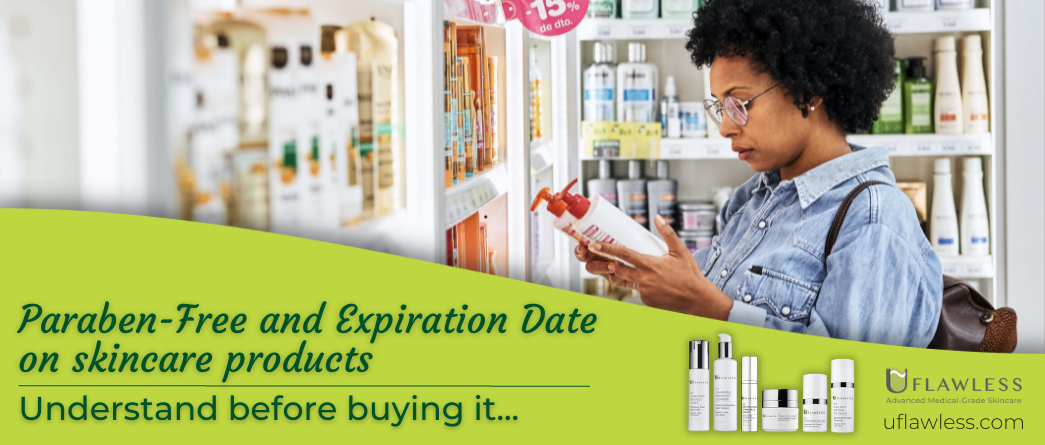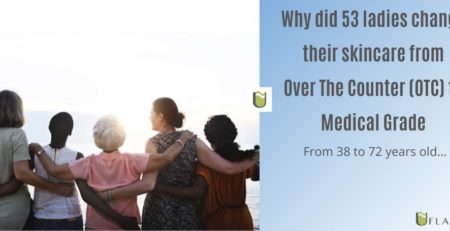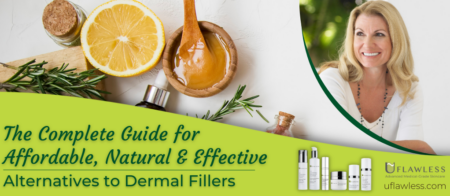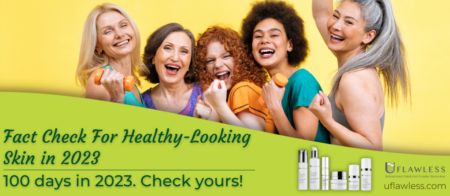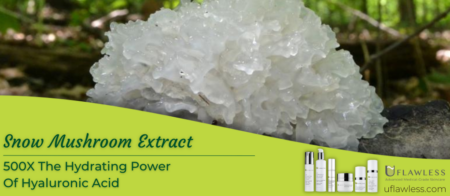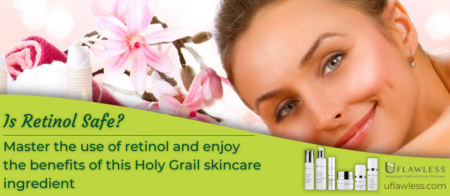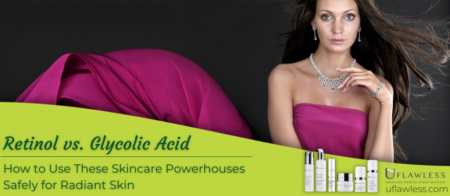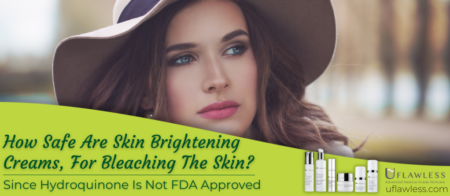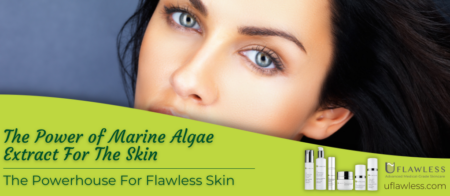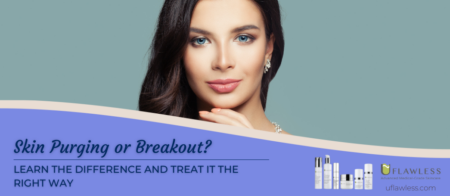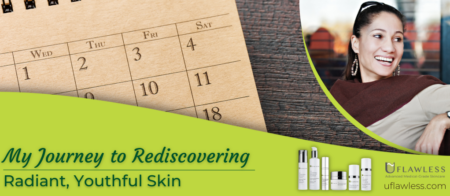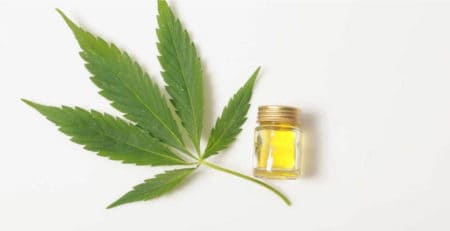The Enigma of Paraben-Free and Expiration Date in Skincare Products
It is common knowledge that Over-The-Counter (OTC) skincare products display a symbol indicating their expiration date following their opening, usually marked as 6M, 12M, or 24M. On the other hand, Paraben-Free products are always relevant in this scene!
These symbols represent the respective periods of 6 months, 12 months, or 24 months.
However, did you know that the length of this expiration period can often imply the number of parabens used in the product? Let’s delve deeper.

Meaning of Symbols 6M, 12M, or 24M on skincare products
The symbols 6M, 12M, and 24M on skincare products refer to the product’s Period After Opening (PAO).
The PAO is a guideline for how long a product will remain stable and safe to use after it has been opened for the first time.
These symbols are usually depicted as an open jar icon, followed by a number and the letter ‘M.’ Here’s what each of these symbols means explicitly:
- 6M: The product should be used within 6 months after it has been opened.
- 12M: The product should be used within 12 months after it has been opened.
- 24M: The product should be used within 24 months after it has been opened.
It’s important to note that these are general guidelines and the actual lifespan of a product may depend on various factors such as the type of product, the specific ingredients it contains, and how it is stored and used.
The Role of Parabens in Skincare Products
Parabens, including commonly used ones like methylparaben, propylparaben, butylparaben, and ethylparaben, serve as preservatives in skincare products or cosmetics.
Their primary purpose is to inhibit the growth of harmful bacteria, thus protecting both the product and its users.
Despite the U.S. Food and Drug Administration (FDA) stating no evidence showing that parabens harm the human body, there are ongoing discussions and debates about their safety.
For instance, the European Union banned five parabens (Isopropylparaben, Propylparaben, Benzylparaben, and Pentylparaben) in 2018 and established strict concentration limits for others.
The Specific Risks of Different Types of Parabens
While the term “parabens” is used collectively, there are multiple types, each with its own potential impact on human health.
For instance, propylparaben and butylparaben, often used in cosmetics, are known for their potential endocrine-disrupting effects.
This disruption of the endocrine system may impact various bodily functions, from metabolism to reproduction.
The Buzz Around Paraben-Free Skincare Products
The growing popularity of paraben-free skincare products stems from studies indicating the potential health risks associated with paraben absorption.
Accumulation of parabens in the body could potentially disrupt hormone function and is speculated to be linked with health issues, including breast cancer.
However, it’s essential to note that these studies have not yet definitively proven a causal relationship between parabens and these health conditions.
Given these concerns, the market is gradually embracing alternatives like natural preservatives for those consumers seeking to avoid paraben-containing products.
What Triggers the Deterioration of a Skincare Product?
Exposure to light and air accelerates the expiration of skincare products, particularly those used for anti-aging, acne treatment, and brightening regimens.
These products often contain antioxidants that break down easily when they come into contact with oxygen.
That’s why you may find many skincare products designed with Airless Pump Systems to protect them from unnecessary exposure to air and light, thus preserving their efficacy.

Exploring the Airless Pump System in Detail
The Airless Pump System is an innovative packaging solution that protects skincare products from air exposure.
It’s particularly beneficial for products containing antioxidants, peptides, or retinoids, as these ingredients can degrade in the presence of air.
The system functions by creating a vacuum effect when the product is dispensed, which pulls the product upwards, allowing for less waste and minimal exposure to air.
Not only does it protect the product’s integrity, but it also offers the advantage of accurate dosage control, ensuring you apply the right amount every time.
Recognizing Bad Skincare Products: Signs and Symptoms
It’s not uncommon for skincare products to go bad even before their indicated expiration date.
Some signs indicating a product has gone bad include color changes, different smells, the appearance of two layers in creams that don’t mix, texture changes, or black spots on the cream, which could indicate bacteria.
Prolonging the Shelf Life of Your Skincare Products
Simple practices can significantly extend the shelf life of your skincare products.
Keeping them away from light and heat, for instance, helps maintain their efficacy.
Storing them outside the bathroom is also recommended, as temperature fluctuations caused by steam from hot showers can affect the product’s quality.
Some users find it helpful to write the opening date on the product label, enabling them to monitor its age and effectiveness easily.
However, it’s important to remember that while these practices can help prolong a product’s life, they do not guarantee the product’s safety or effectiveness beyond its expiration date.
Understanding Alternatives to Parabens
In response to the concerns over parabens, many skincare manufacturers are moving towards alternative preservatives.
Natural options such as grapefruit seed extract, rosemary extract, or Vitamin E are now more commonly seen in formulations.
Synthetic alternatives, such as Phenoxyethanol and Ethylhexylglycerin, are also frequently used due to their broad-spectrum antimicrobial activity and lower irritation potential.
However, it’s worth noting that these alternatives may still pose risks and should be used responsibly.
Evaluating Skincare Products: Beyond the Expiration Date
Let’s say you have an unopened bottle or jar of a skincare product well past its expiration date. Is it still good to use?
If your skincare product is formulated with cutting-edge actives and natural ingredients, like those from UFlawless, it’s generally advised not to use the product more than six months past its expiration date.
These products are designed to provide superior skin benefits, and using them past their expiration date might not deliver the results you’re seeking.
On the other hand, OTC products that rely heavily on parabens and contain fewer actives may have a different approach.
While they might be safer to use past their expiration date, their effectiveness might not be as potent.
Additional Factors Impacting Shelf Life of Skincare Products
Besides exposure to air and light, the shelf life of skincare products can be influenced by other factors, such as pH, temperature, and the presence of impurities or microbes.
For instance, products with a low pH (acidic) or high pH (alkaline) tend to have longer shelf lives due to their unfavorable conditions for microbial growth.
Moreover, skincare products may be subject to temperature abuse during shipping and handling, which can lead to accelerated degradation.
Therefore, purchasing from reputable sources that handle products properly is crucial.
Conclusion: A New Outlook on Paraben-Free and Expiration Dates
Whether you choose to use paraben-containing products or opt for paraben-free alternatives, it’s vital to understand the science behind these choices.
With ongoing research and innovation in the skincare industry, you now have more options than ever to choose products that align with your health consciousness, skincare goals, and personal preferences.
Remember, while expiration dates serve as a guideline, the actual longevity of a skincare product depends on several factors, including its composition, storage conditions, and how it’s used.
Making informed decisions based on scientific evidence can ensure you get the most out of your skincare regimen while also safeguarding your health.
By staying informed and making mindful decisions, we can all contribute to a healthier, more flawless future for our skin.
Scientific Facts about Expiration Date and Paraben Use on Skincare
- FDA Parabens in Cosmetics
- Cosmetic Ingredient Review Report
- Parabens: potential impact of low-affinity estrogen receptor binding chemicals on human health
- Oxidative Stress and Skin Aging
- Microbial Contamination of Cosmetics and Personal Care Items
- Endocrine Disruption and Human Health
- Packaging and the Shelf Life of Skin Creams Infused with Antioxidants
Try these paraben-free products:
All UFlawless products are paraben-free, sulfate-free, cruelty-free, made in the USA, and Medical-Grade
-
X3 Dermal Filler in a Bottle Routine |
Original price was: $339.00.$261.00Current price is: $261.00.


